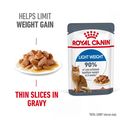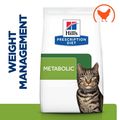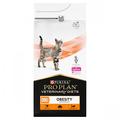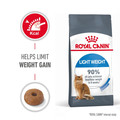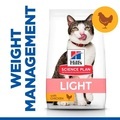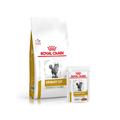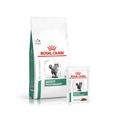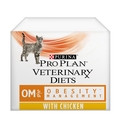To keep your cat happy and healthy, it’s a good idea to check on their weight every so often. It can sometimes be difficult to judge whether they’re a healthy weight just by eye alone, especially if they are long-coated.
Being more hands-on will help you notice a problem, so here are our top tips for what to look (and feel) for:
Ribs – you should be able to feel the ribs by pressing lightly, but they shouldn’t be protruding. Prominent ribs could signal an underweight cat, whereas anything other than a light fat covering over them could point to your cat being overweight.
Base of tail – there should be no obvious bones protruding at the tail base; instead it should feel smooth with a light fat covering.
Spine – the spine should be evident but not obvious to the eye. If you can’t feel it at all, your cat may be on the heavy side.
Waist – when looking at your cat from above, you should be able to notice the waist. If there is no obvious narrowing after the ribcage and rather than an hourglass shape, your cat is more rounded, it might be time to start the diet. If the waistline is extreme and bones are visible, your cat is underweight.
Abdominal tuck – to assess this properly, you need to view your cat from the side. After the ribcage should be a slight incline to the hips. Too much of an incline, or no incline at all, would indicate a weight problem.
If after the body check you’re concerned about your cat’s weight, we would advise seeking your vet’s advice. This is especially important if the weight change is rapid rather than gradual.
As part of your regular pet health check, your vet will check your cat’s weight and alert you to any worrying changes but, if you can do this regularly at home, you will notice them earlier and be able to act.
Written by: Hannah

